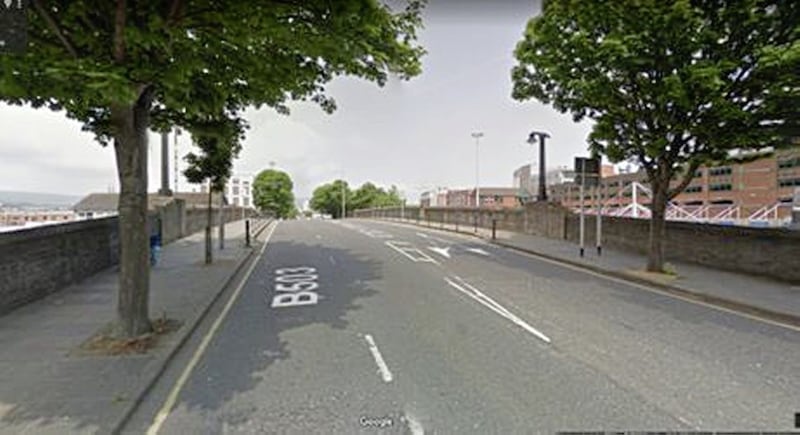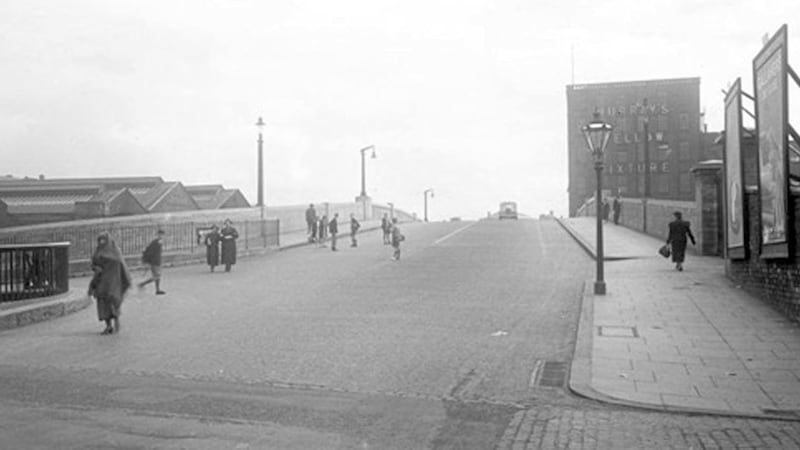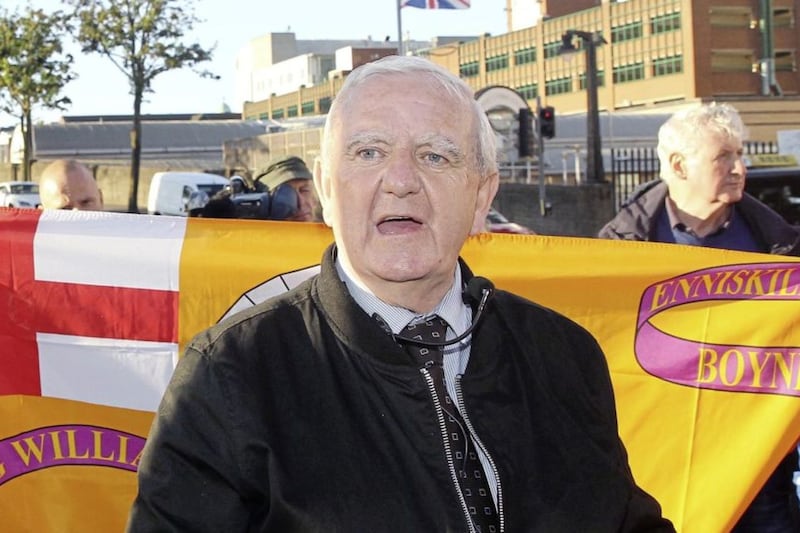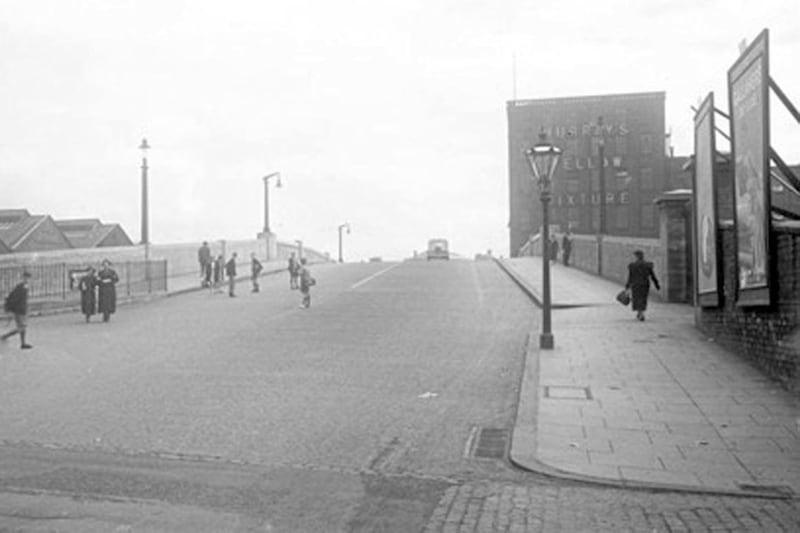PROTESTERS fighting to save a historic bridge have criticised as "nonsensical" a decision not to list the structure.
Boyne Bridge in the predominantly loyalist Sandy Row area is to be knocked down as part of Translink's flagship Belfast transport hub.
The bridge has close links to the 17th century battle which gave the structure its name.
Although it was built in 1932, two arches from a bridge which previously stood at the site were incorporated into it.
King William of Orange crossed the old bridge in June 1690 on his way to the Boyne. King James II is also thought to have retreated across it.
The Save the Boyne Bridge group has now said it is "outraged" at what it called "the nonsensical decision not to list the Boyne Bridge".

The Department for Communities wrote to the group saying it saw no sufficient special architectural or historic interest required to list it.
Group spokesman Billy Dickson said the decision was "unbelievable".
"We fail to understand how the 400 year old Great Bridge, which is incorporated into the 1936 Boyne Bridge would not have sufficient historic interest," he said.
"We believe we have a right to appeal the decision and to ask for a review. It would have been our intention to call-in the DfC minister, if necessary, for his or her own determination, but we don't know if there will be a DfC minister in the near future."
The department said it assessed the bridge structure against published criteria for listing and determined it did not meet the tests.
"The department is aware that there are likely to be elements of older bridges on the site, encased in the current structure, but initial tests have indicated that the construction method used for the current bridge will have encased those older elements in concrete meaning that they cannot be investigated further at this stage and that the full extent of any early material is unclear," a spokeswoman said.
"The department has therefore engaged closely with the planning authority to determine how best to mitigate the impacts of the development proposal upon the archaeological remains within the site, including those of earlier bridge structures."





